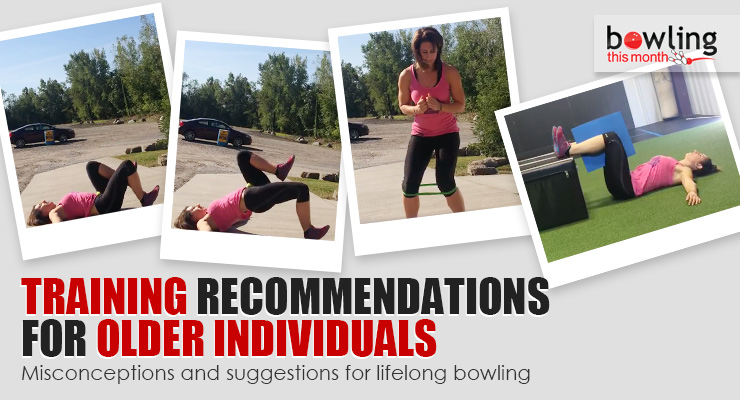Article Contents
- 1. Train movement
- 2. Resistance training vs. cardio
- 3. Speed and power
- 4. Sample exercises
- 4.1. PRI breathing drill
- 4.2. Band lowers
- 4.3. Banded internal/external rotations
- 4.4. Cook hip lifts
Note: This article is only available to Bowling This Month subscribers.
Bowling is a unique sport in that it is one of few sports that can continue to be played with age. The average playing career of a pro football player that is a first round draft pick is about nine years. A professional basketball player only averages about five years. In tennis, it used to be that performance slowed after 30 years of age, but thanks to advances in kinesiology, many players have exceeded that in recent years. Still, in most sports, 30 is the average peaking age. Bowling and golf seem to be two of the only sports that don’t apply to this generalization.
I have received many messages and emails from bowlers who have been bowling for many years and would like to continue, but have suffered injuries of some sort in their career that have inhibited them or caused them to be cautious of taking on a fitness program. There seems to be a large population of bowlers interested in learning ways to be safe at the gym and take care of their bodies better so they can continue to enjoy competing in our sport.
Let’s cover some common misconceptions and recommendations on where to begin as an older individual looking to train.
Train movement
The first and foremost concept to understand is that the priority of a training program for any individual is to improve movement. While many people begin a program for weight loss and other health-specific reasons, the foundational goals should be improved mobility and stability in the joints to allow the body to perform basic functional movements with ...
Already a premium member? Click here to log in.


